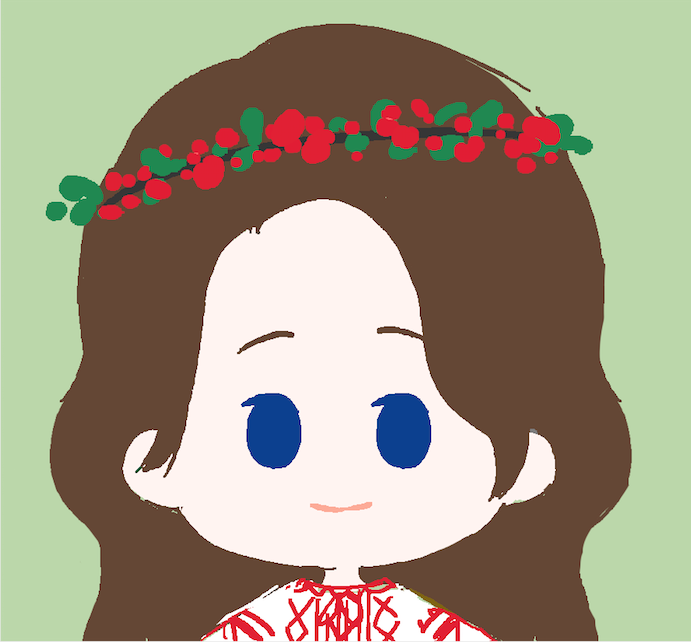Okurigana (pron. 送り仮名) 一 is a kana that is added after a character to show a variable part of a word. For example, the kanji 大 usually corresponds to its basic meaning 大きい /o:ki/ large. However, other variations of this kanji can be written with okurigana, which often differ from the meaning of the character itself: 大さて/taishite/ seriously, 大ざっけ /o:dzappa/ no matter what, 大それた /daisoreta/ insolent. Therefore, it is obvious that it is impossible to write down all Japanese words with only kanji, without an okurigan. So, okurigana plays a rather important role!
Usages of okurigana that you didn't know

The use of okurigana in hieroglyphs can be varied:
1) The modern Japanese orthographic standard of okurigana 送り仮名の付け方 /okurigana-no tsukekata/ has existed since 1973, however, like most documents in the field of spelling, it does not establish strict rules, remaining a recommendation, due to which various options for adding okurigana. For example, the word /tachii-furumai/ movements and gestures is written as 立居振舞,立ち居振舞,立ち居振舞い,立ち居振る舞い. It is completely acceptable to avoid the use of okurigana, and to use it as generously as possible. Similarly, you can use okurigana with the word /tomodachi/ friend is to 友達 or 友だち.
1) The modern Japanese orthographic standard of okurigana 送り仮名の付け方 /okurigana-no tsukekata/ has existed since 1973, however, like most documents in the field of spelling, it does not establish strict rules, remaining a recommendation, due to which various options for adding okurigana. For example, the word /tachii-furumai/ movements and gestures is written as 立居振舞,立ち居振舞,立ち居振舞い,立ち居振る舞い. It is completely acceptable to avoid the use of okurigana, and to use it as generously as possible. Similarly, you can use okurigana with the word /tomodachi/ friend is to 友達 or 友だち.
2) In addition to the usual role, okurigans are also used instead of rare and complex hieroglyphs. This use of hiragana became relevant after the introduction of the hieroglyphic minimum. So, for example, the word /ikigai/ was written as 生きがい (as opposed to 生き甲斐 or 生甲斐);/o:ka-suru/ to enjoy as おう歌する(cf. 驅歌する)etc.
3) Hiragana writing has now practically supplanted the kanji writing of many words, for example: ぜいたく /zeitaku/ luxury instead of 贅沢; たくさん/takusan/ a lot instead of 沢山; いわゆる /iwayuru/ so-called instead of 所謂; ちょっと /chotto/ a little instead of 一寸, etc.
4) In addition, hiragana is used to write words with generalized semantics (eg. verbs with a broad meaning). Thanks to hiragana writing, a distinction is made between words and grammar. For example, the grammar ところ /tokoro/, word 所 /tokoro/ place; grammar もの/mono/ and word 物 /mono/ thing; grammar くだる/kudasaru/ and word 下さる /kudasaru/ to give; gramarl みる/miru/ and word 見る /miru/ etc.
Where do you usually see okurigana? Share in the comments!

